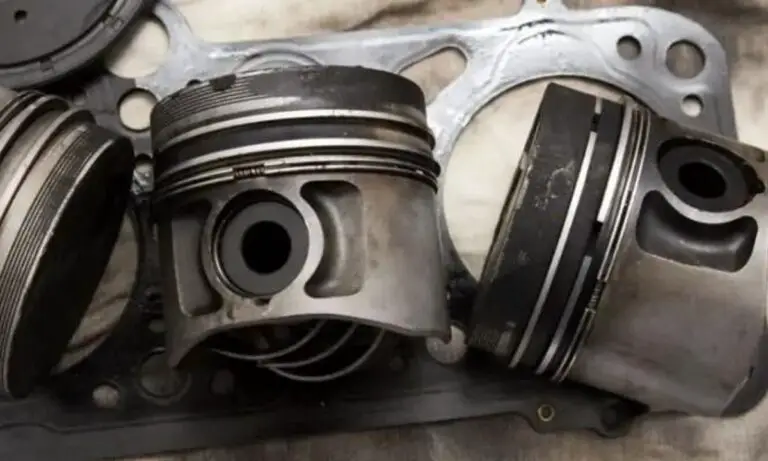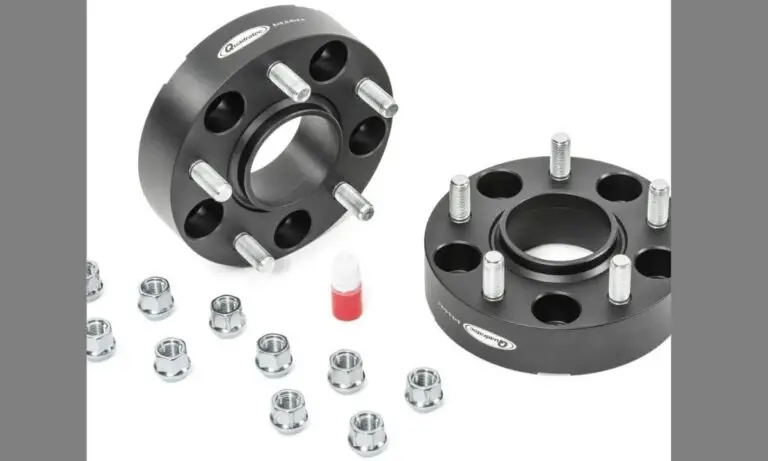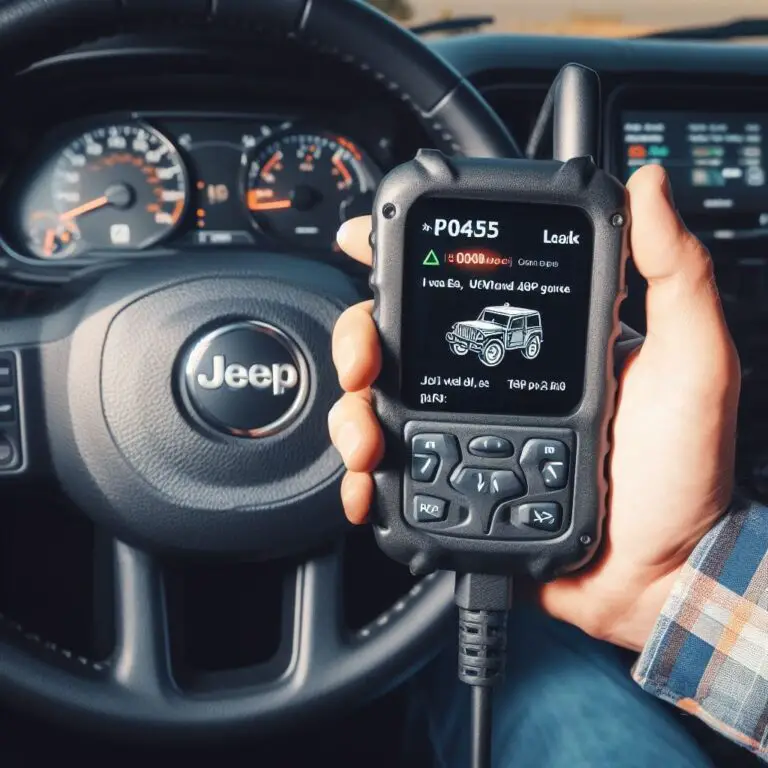What is Neutral Gear in Cars & When Should You Use It?

Have you ever wondered what happens when you put your automatic transmission car into neutral gear? Do you know when you should and shouldn’t use this gear?
Understanding how to properly use neutral gear is an important driving skill for all automatic transmission drivers. In this comprehensive guide, we’ll explain everything you need to know about neutral gear including:
- What neutral gear is and how it works
- The main reasons to use neutral
- When you should avoid using neutral
- Tips for smoothly shifting in and out of neutral
- The benefits this special gear provides
After reading, you’ll be a neutral gear expert ready to properly operate your automatic transmission car!
Table of Contents
What is Neutral Gear?
Neutral gear disengages the transmission from the wheels of the vehicle. When your automatic transmission car is in the neutral gear position, the engine is running but no gear is engaged. This disconnects the powertrain from the wheels so they can spin freely.
Shifting into neutral essentially puts your car in an idling state. There is no connection between the engine and the wheels. The automatic transmission is taken out of drive so no torque is transmitted to the wheels.
Without a gear engaged, power and motion cannot be sent to the drivetrain. Your engine will run while in neutral, but your wheels won’t receive any input to move. You’ll remain stationary since the transmission is disengaged.
Think of neutral gear like idling in park, except you can rev your engine freely without resistance from the motionless wheels. The car can roll if pushed but cannot propel itself.
Neutral gear is found on all automatic transmissions between the park and drive positions on your gear shifter. It’s typically the position you briefly pass through when switching from park to drive.
But neutral serves an important purpose beyond just being a transition gear. Understanding when and how to properly use it is key for automatic drivers.
How Does Neutral Gear Work?
Shifting into neutral disconnects the transmission from the wheels by disengaging all gear sets inside the automatic gearbox.
Here is a quick overview of how it works in modern automatic transmissions:
- The torque converter contains clutches that engage different gear sets for each drive gear
- Shifting into neutral disengages all these clutches so no gear set is activated
- With no gear engaged, the engine and transmission are disconnected from the wheels
- This allows the engine to run freely while the wheels spin independently
Essentially, neutral gear isolates the engine and transmission from the rest of the drivetrain. This prevents any power or torque from being sent to the wheels.
Without an activated gear transferring rotational force, the wheels can spin freely without any input. This makes neutral an important utility gear with a variety of uses.
When Should You Use Neutral Gear?

There are several situations where shifting into neutral is recommended. Here are the main instances when you should use this gear:
Stopped in Traffic
When you’re stopped at a long red light or stuck in heavy traffic, shift your automatic car into neutral. This will take the load off the engine so it can idle rather than actively powering the motionless wheels.
Leave your foot on the brake so you don’t roll. Neutral saves gas and results in smoother starts when traffic begins moving again.
Going Through Car Washes
Most drive-through car washes have an automated system that requires your vehicle to be in neutral. Make sure to shift out of drive into neutral when lining up for the washing cycles.
This allows the equipment to move your car through the tunnel without resistance while safely cleaning it.
Getting Towed
Anytime your vehicle is being towed without a dolly, the car must be shifted into neutral gear. This is especially important for automatic transmission vehicles.
Neutral disconnects the wheels from the drivetrain so they can freely roll while being towed. Otherwise, severe transmission damage can occur if the gears spin while the car is in drive.
Pushing Your Car
If your car is stuck, you may need to give it a push to move again. Shifting to neutral lets you push your car and allows the wheels to roll freely as you put some muscle behind it.
Make sure you have enough helpers to safely maneuver the car. Never get behind and push solo – the car could roll back and injure you.
If Brakes Fail
One of the most serious emergencies is when your brakes fail. Quickly shifting into neutral can stop an out-of-control car with failed brakes.
By taking the transmission out of drive, engine power cannot reach the wheels. This will slow the vehicle and stop acceleration.
Of course, gently pumping the brakes can potentially regain pressure as a first resort. But neutral is a backup plan if brakes are completely out.
Parking on Hills
When parking on steep hills and inclines, shift into neutral and engage the parking brake. This gives you a measure of safety if the brake fails.
The transmission not being engaged acts as a secondary parking brake. Just leaving the car in park may not hold on very steep grades.
During Emergencies
In an emergency where your vehicle is unable to move, shift to neutral so rescuers can push your car out of harm’s way if needed.
Whether you’re stuck in a snowbank, mud, or debris, neutral lets others give you a bump to get unstuck without transmission resistance.
When Should You Avoid Using Neutral Gear?
While neutral is useful in many situations, there are times when you should avoid shifting into neutral:
Coasting Downhill
Never coast downhill for long distances in neutral gear. Always keep your automatic transmission in drive when traveling downhill.
The engine braking from the geared connection helps control your speed. Coasting long downhill stretches in neutral is dangerous.
At Stop Signs and Lights
Keep your car in drive when stopped at intersections. The slight creep from the engaged gear helps prevent rolling.
Remaining in drive also gives you complete control to immediately accelerate if needed. Don’t shift into neutral at stops.
While Driving
Never take your automatic transmission out of drive and into neutral when moving. You’ll lose engine braking and power steering control if you mistakenly do this.
Only shift from drive to neutral when at a complete stop. Accidentally slipping into neutral can be extremely hazardous.
Tips for Using Neutral Gear

Here are some tips for smoothly operating your automatic transmission car when shifting into neutral gear:
- Come to a complete stop before shifting from drive to neutral
- Briefly pause in neutral before accelerating from a stop
- Don’t pause too long or you may stall
- Shift firmly and decisively between gears
- Release the shift lever completely after selecting neutral
- Check your gear position indicator confirms you’re in neutral
- Engage your parking brake if stopped in neutral for extended periods
Signs your transmission may be having issues include:
- Grinding when shifting between gears
- Car rolling while in park
- Delayed or hard shifts
- Trouble getting into/out of gear
- Check engine light illuminated
See your mechanic promptly if you notice these warning signs. Taking care of transmission problems quickly can prevent further damage.
The Purpose and Benefits of Neutral Gear
Understanding the unique benefits of this special gear position will help you utilize it properly:
- Allows wheels to spin freely when engine is running
- Disconnects transmission from drivetrain
- Enables car to be pushed when in neutral
- Towing without a dolly requires neutral
- Saves gas when idling for extended times
- Transmission escapes wear and tear
- Provides control during emergencies
- Serves as parking brake reinforcement on hills
Neutral gear plays an important role for automatic transmissions. It’s more than just a brief stop between park and drive. Knowing when and how to use it properly helps avoid transmission damage while also creating a safer driving experience.
Conclusion
We’ve covered everything you need to know about operating your automatic transmission car when in neutral gear. To recap:
- Neutral disconnects engine power from the wheels
- Use when stopped in traffic, getting towed, going through car washes
- Avoid using when coasting downhill or driving
- Allows safe push-starts and roll when stuck
- Shifting procedure requires care and decisiveness
The next time your car is parked, locate the neutral gear position. Understanding where it sits in your gear pattern helps you shift into and out of neutral more easily.
Now that you’re a neutral gear expert, you can confidently use this important transmission position to your advantage in the right situations. Properly utilizing neutral will help preserve your automatic gearbox while making driving safer and more efficient.







